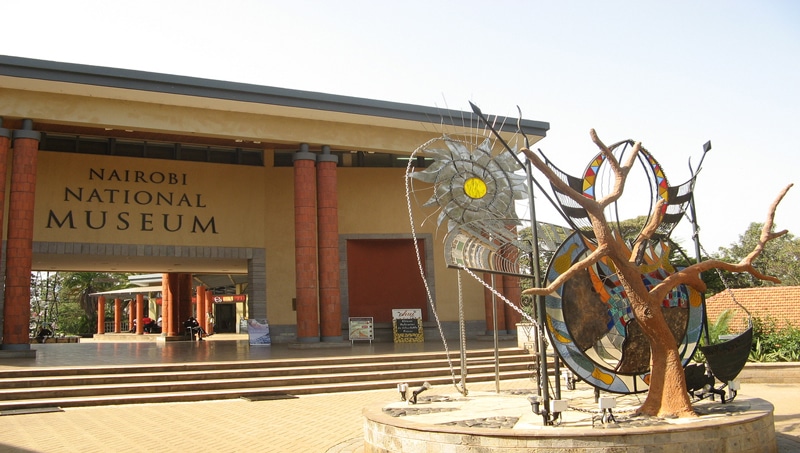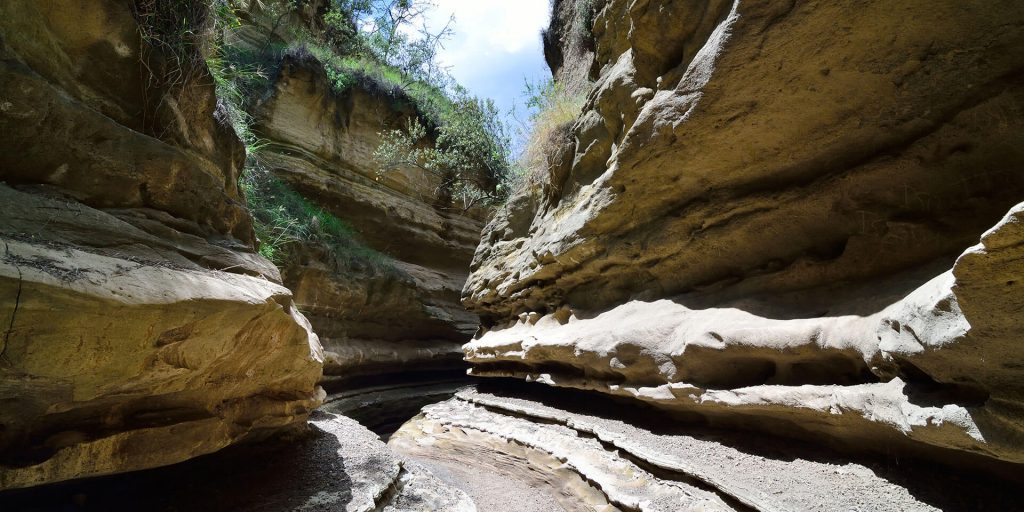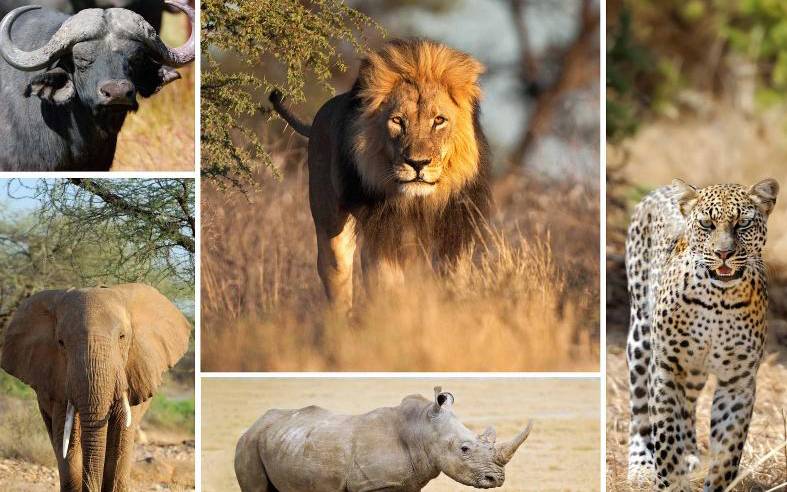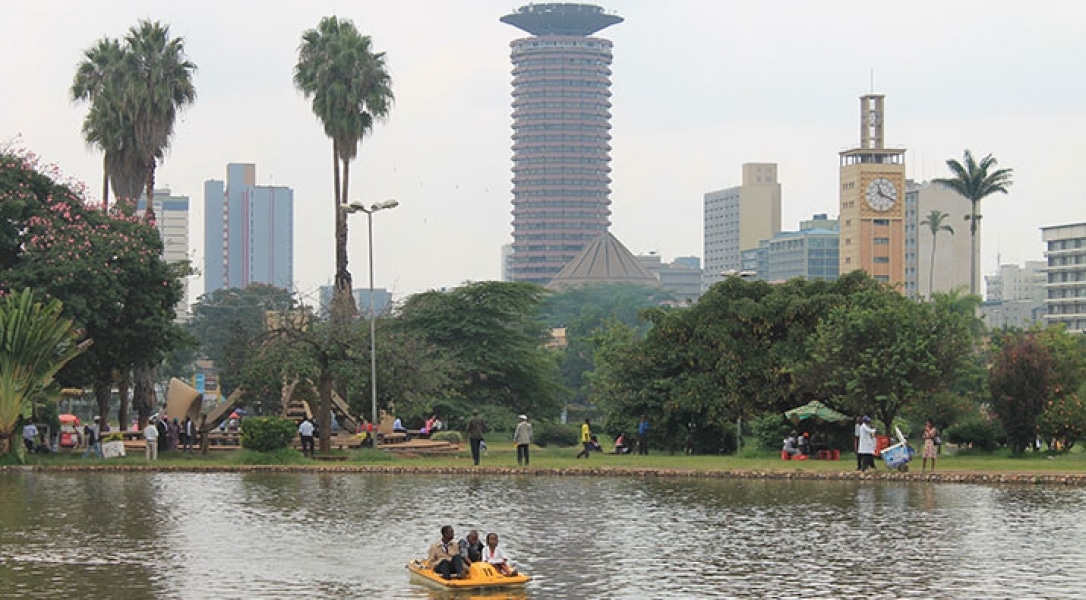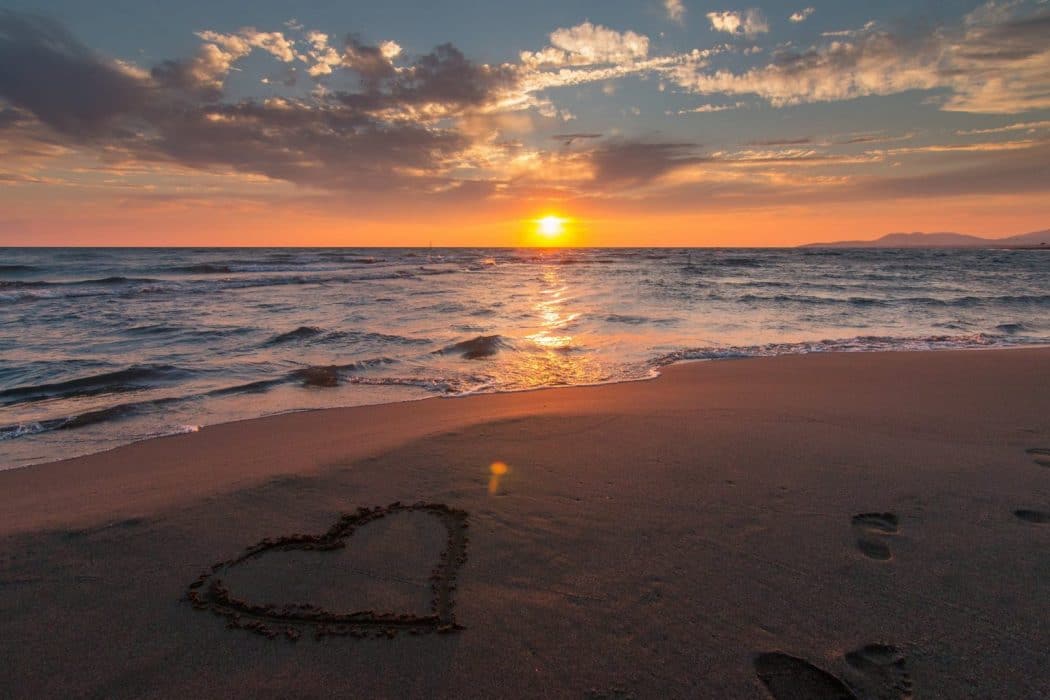The Nairobi National Museum in Kenya is one of the tourist destinations within Nairobi city.
Having undergone a recent refurbishment to have a more modern feel, the Museum lies on Museum Hill, slightly off Waiyaki Way towards Westlands area in Nairobi.
The Museum aims to interpret the heritage of Kenya to stimulate appreciation and learning. Nairobi National Museum tour is a great eye opener into Kenya’s culture and history.
The Nairobi National Museum history
The Nairobi National Museum in Kenya was officially opened in 1930 under the British rule and was named Coryndon Museum – after Robert Coryndon who was a British governor here in Kenya.
The museum was after independence renamed to the National Museum of Kenya.
Later on Dr. Louis Leakey, a Kenyan anthropologist appealed for an extension of the National Museum in Kenya so as to harbor galleries
The National Museums of Kenya is a state corporation that manages museums, sites, and monuments in Kenya.
It also carries out heritage research and has expertise in subjects ranging from paleontology, ethnography and biodiversity research and conservation.
The museum after refurbishment in 2006 later re-opened in 2008 as a World Class Museum complete with shopping and dining facilities.
The museum presents Kenya’s History, Nature, Culture and also Contemporary Art in its entire splendor.
What the museum offers
Within the National Museums grounds are the famous Snake Park, Botanical Gardens and also a one of a kind Nature Trail.
Dining and shopping facilities await you after your tour at the Nairobi National Museum in the commercial wing.
National Museums of Kenya houses one of the most unique and diverse collections in the world categorized into two major areas; Natural history and Cultural/History/Musicological.
Research-Based on cultural and natural history.Preservation and conservation of collections ranging from tangible to intangible, movable to immovable, in-situ and ex-situ.
The museum has also established Collaborations, Research and Development programmes, for instance, The Institute of Primate Research and RISSEA .
The Louis Leakey Auditorium was opened in 1977 to honor the life and work of Louis Seymour Bazey Leakey, a man who provided a quantum leap in our understanding of the origins of man through his works in East Africa.
The Auditorium has become Nairobi’s preferred venue for hosting a variety of events.
You may also like: Top Indian Restaurants in Nairobi.
These events include Seminars, workshops to film shows, a favorite for performing artists.
You can also check out paintings, numerous publications and video documentary detailing the work undertaken by the museum.
The National Museum also holds the largest collection of hominid, hominoid and ercopithecoid fossils found in Kenya.
Many of these fossils from sites throughout East Africa are now available as high-quality casts.
Related: Top picnic sites in Nairobi.
Education programs offered by the museum include illustrated talks on a variety of topics related to Kenya’s rich heritage.
Also each term, the schools are notified of the upcoming education programs.
The country’s heritage attractions
The country’s heritage attractions are classified into four administrative regions namely:
- Nairobi Region-Nairobi National Museum, Nairobi Gallery
- Coast Region-Fort Jesus Museum, Rabai Museum, Malindi Museum, Gede Ruins, Lamu Museum, Jumba la Mtwana, Shimoni Caves, Mnarani, Pate Ruins, Siyu fort, and Takwa Ruins.
- Central Region-Karen Blixen Museum,Uhuru Gardens,Desert Museum,Hyrax Hill Museum,Meru Museum,Kariandusi Site,Narok Museum,Koobi Fora Site,Kenyatta House(Maralal) and Wajir museum.
- Western Region-Kisumu museum, Kitale Museum, Kabarnet Musem, Kapenguria Museum, Tambach site, Kenyatta House(Lodwar), Kakapel site, Songor site, Manga site, Thimlich Ohinga site and Fort Tenan Site.
This museum is Open Daily (including public holidays) from 0930 Hours – 1800 Hours. Enjoy your visit to the National Museum. You may also be interested in 15+ Places to visit in Nairobi.
